- HOME
- Birdwatching
Birdwatching in Greece
Greece Travel Secrets explores the best areas for Birdwatching in Greece including the Prespa Lakes, Evros River Delta, Dadia Forest and Mesolongi.
Greece is not just a popular destination for tourists, it is just as popular with migrating birds. For those birds which want to fly over the Eastern Mediterranean, it makes an ideal route, enabling the migrants from Central and Eastern Europe to fly across the mainland, or down through the islands, and then across to Crete from where it is a short flight to North Africa.
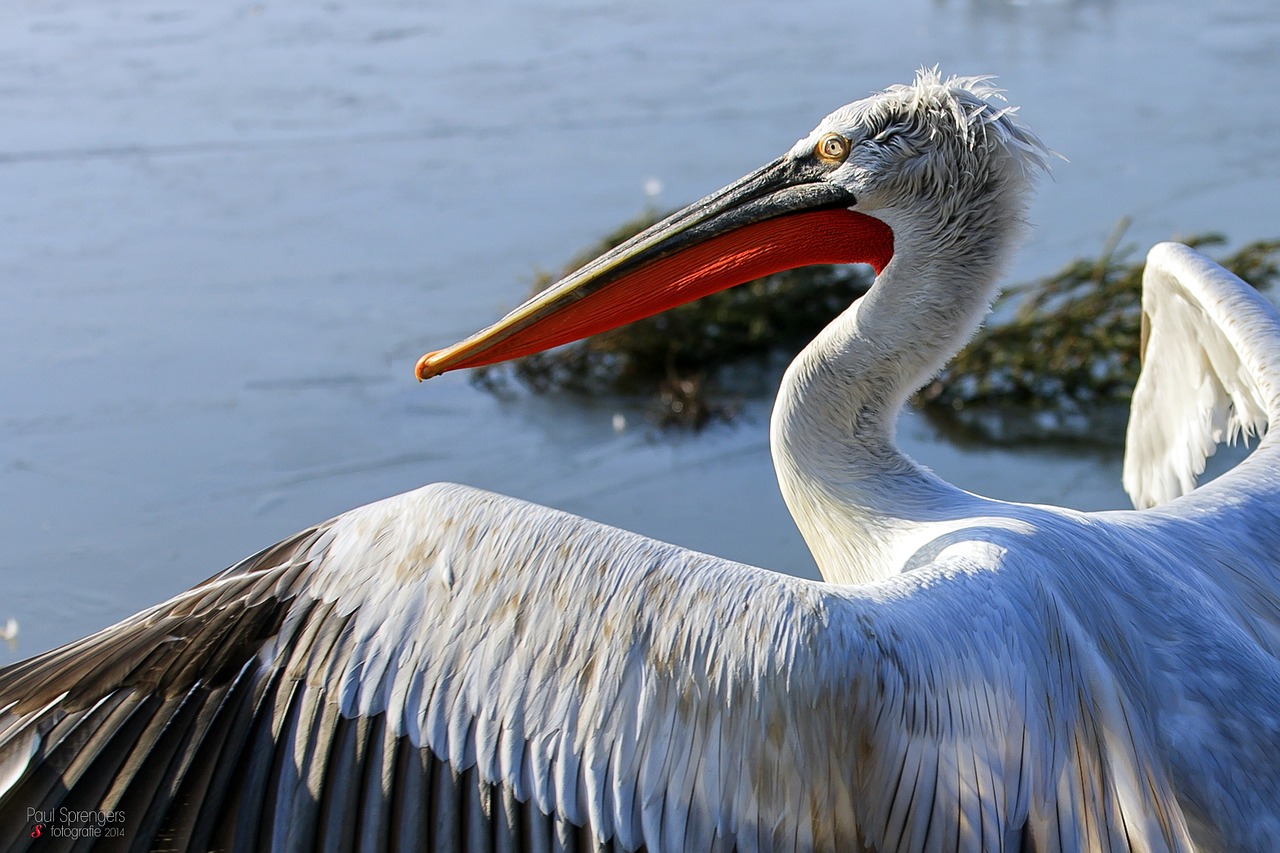 Dalmatian Pelican
Dalmatian PelicanBirdwatching in Greece: The Prespa Lakes
There are several places in the country which are vital breeding grounds for birds, some of them seriously endangered. For example, the Prespa Lakes near the Albanian border are one of the few remaining areas in Europe where the Dalmatian pelican breeds, a bird which is regarded as ‘vulnerable’ by the International Council for Bird Preservation. There are less than 1000 pairs worldwide, and almost 20% of these nest in the Prespa Lakes.
Also see our page about Birdwatching on Lesbos
So too does the White Pelican – the only place in Greece where it can be found. Other important species there include the pygmy cormorant (also ‘vulnerable’), the rare goosander, and magnificent raptors such as the golden eagle, short-toed eagle and the booted eagle.
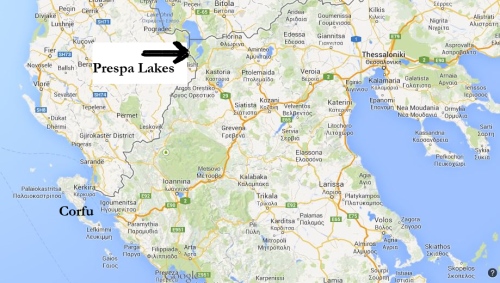
Birdwatching in Greece: Evros River Delta
Even more important for Greece’s bird population is the Evros River Delta, east of Alexandroupolis and close to the Turkish border. This is a politically sensitive area but is a haven for wintering ducks and geese, with as many as 100,000 birds there at one time. Over 75% of Greece’s 408 species of birds have been seen in the Evros Delta. These include more pygmy cormorants, ordinary cormorants, white pelicans, herons, egrets, storks and any number of waders. Sea eagles can also be seen here.
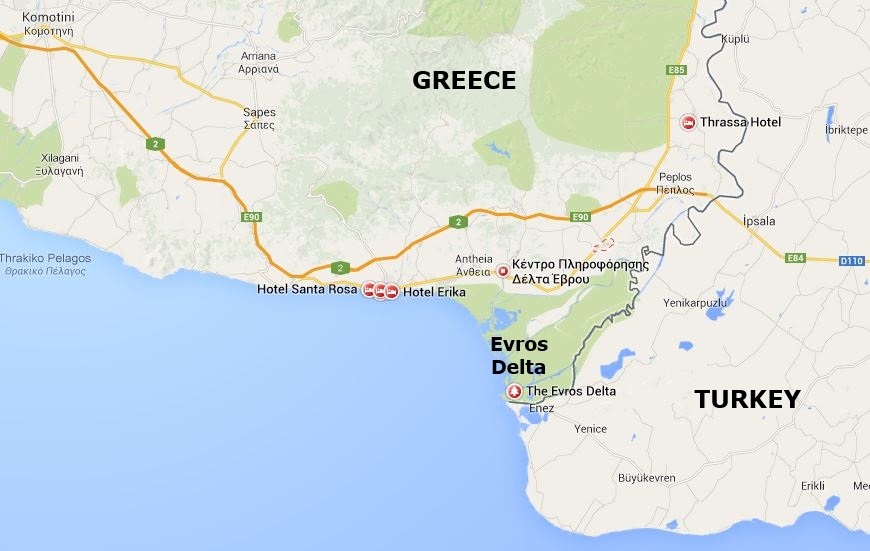
Birdwatching in Greece: The Dadia Forest
If you are especially interested in birds of prey you should head north from the Evros Delta and into the Dadia Forest, where no less than 36 of Europe’s 39 species of raptors have been spotted. Twenty-six of those species are known to live and nest in the pine forests on the slopes of the Evros Mountains. These include Greece’s rarest bird of prey, the sea eagle, one of the rarest in Europe, the black vulture, and others such as the griffon vulture, Egyptian vulture, golden eagle and the Levant sparrowhawk.
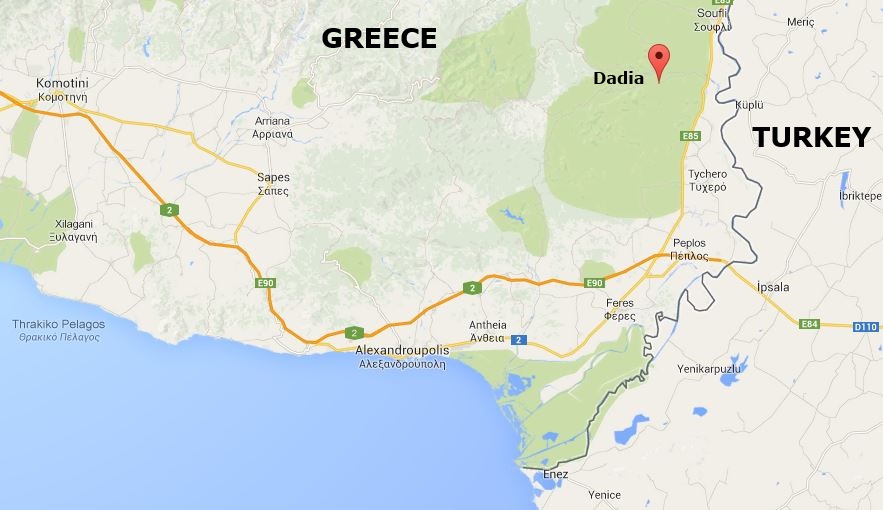
Birdwatching in Greece: Mesolongi Wetlands
On the western coast of mainland Greece, the wetlands around Mesolongi are among the most important in Greece. These are created by rivers such as the Acheloos and Evinos, which flow down from the mountains and between them have created a vast series of lagoons, mud flats, marshes and reed beds.
Almost 300 species of birds have been observed here, and in winter there are vast numbers of coots (an estimated 30,000) and ducks (over 20,000). One important species here is the slender-billed curlew, which is endangered in Russia, where it nests, and Mesolongi is a vital stopping-off point on its migratory journey to its winter home in North Africa.
A wide range of raptors has also been seen here, including the rare sea eagle and black vulture, while the sheer variety of the terrain makes it one of the most fascinating places in Greece for those interested in ornithology.
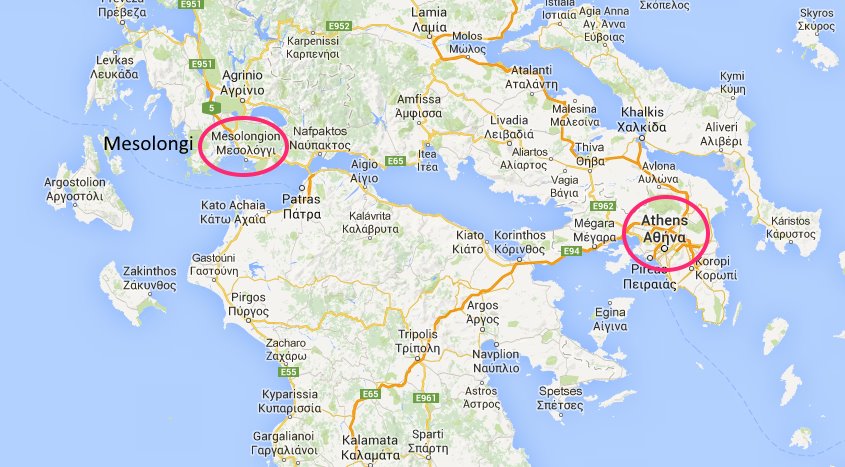
Birdwatching in Greece: Axios Delta National Park
Read this piece about where you can go birdwatching just a short distance from the centre of Thessaloniki:
https://www.greece-is.com/the-axios-delta-national-park-birdwatching-on-thessalonikis-doorstep/
Latest Posts
-
The Lesser-Known Traditions of Greek Easter
Step off the beaten path this spring and discover the enchanting — and often surprising — Easter traditions found across Greece. -
Easter in the Mystical Castle of Monemvasia
In the castle town of Monemvasia, with its dramatic medieval backdrop and sea views, Easter is a deeply spiritual and atmospheric experience. -
Sifnos: Greece’s Hidden Culinary Star on the Rise
Sifnos, a Cycladic island, is gaining fame for its rich culinary heritage, especially the beloved melopita honey-cheese tart. -
Easter in Leonidio: A Tapestry of Light, Culture and Cliffs
In Leonidio, Easter comes alive with handmade hot air balloons in the sky and lanterns made from bitter oranges in the streets. -
April 9 Strike in Greece to Impact Public Transport, Ferries and Air Travel
Transportation and travel across Greece will face disruptions on Wednesday, April 9, as public transport, ferry and aviation workers join a nationwide strike called by Greek labor unions. -
Ancient Theater of Lefkada Brought Fully to Light Following Systematic Excavation
The Greek Culture Ministry has announced that the first ancient theater ever identified in the Ionian Islands has recently been brought fully to light on Lefkada, revealing an impressive monument that… -
Seven Greek Traditions Recognized as Intangible Cultural Heritage
From traditional barrel-making to age-old folk dances, seven new entries on Greece’s National Inventory preserve the country’s living heritage for future generations. -
Greek Air Traffic Controllers to Hold 24-hour Strike, Disrupting Flights on April 9
The Hellenic Air Traffic Controllers Union have announced a 24-hour strike for Wednesday, April 9, in response to the protest called by the Civil Servants’ Confederation (ADEDY). The strike is being h… -
Ten Best Budget Hotels on Santorini
Greece Travel Secrets picks the ten best budget hotels on Santorini, some with caldera views, some near beaches and some close to the heart of Fira. -
No Ferries in Greece on April 9 as Seamen Join Nationwide Strike
The Pan-Hellenic Seamen’s Federation (PNO) has announced its participation in the 24-hour strike called by the General Confederation of Greek Labor (GSEE) on Wednesday, April 9. The strike, which will…








